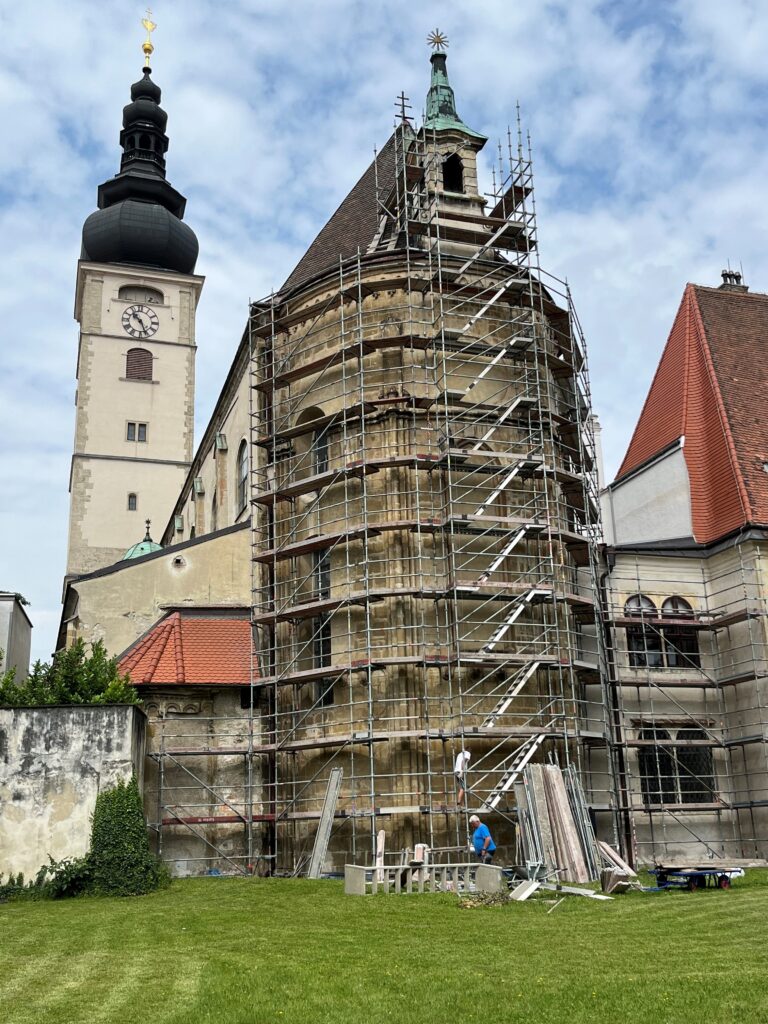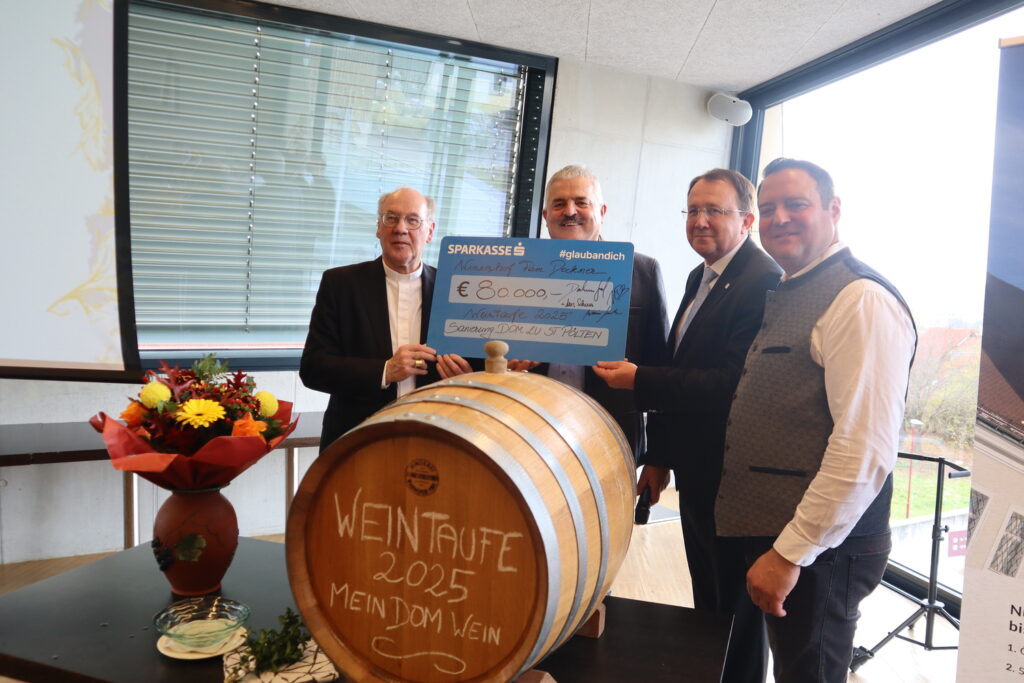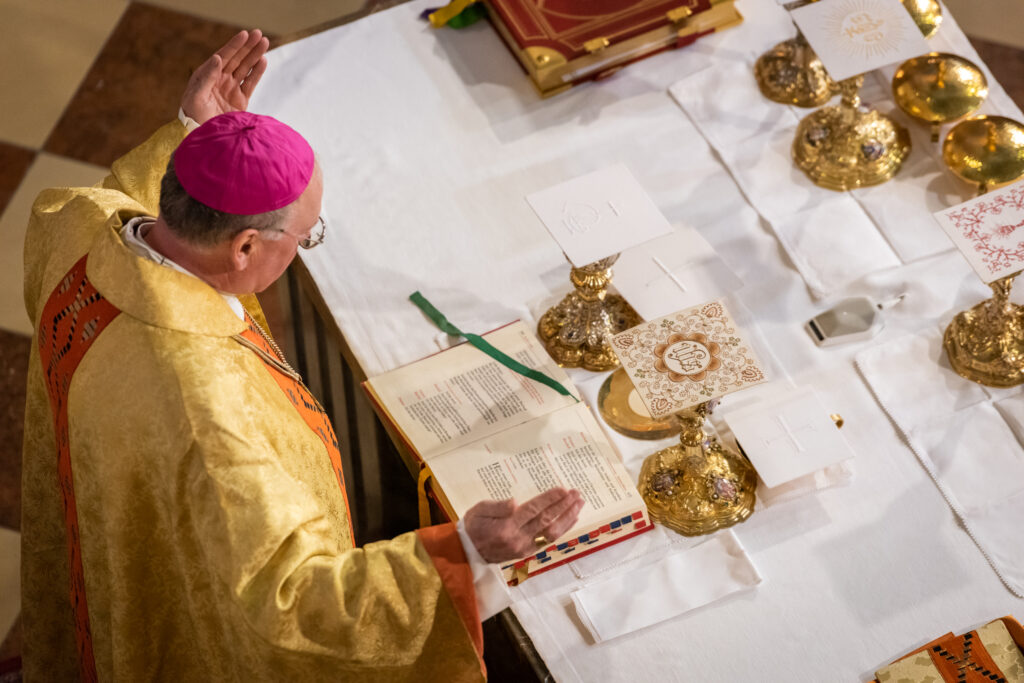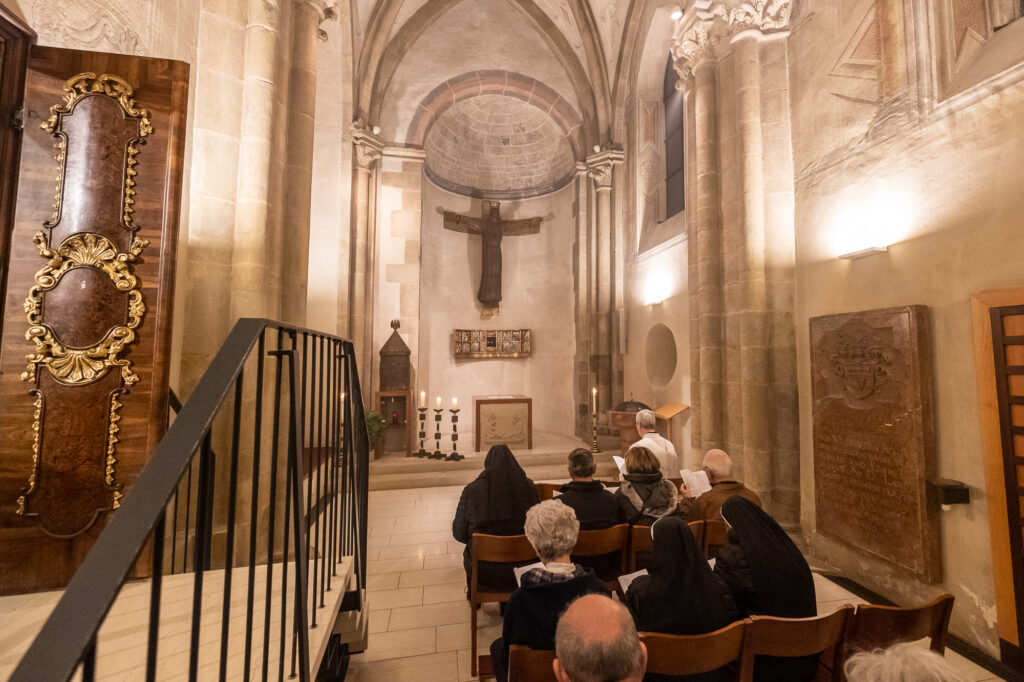General renovation of St. Pölten Cathedral begins.
A high-calibre board of trustees in St. Pölten decided to start the general renovation of the cathedral. The church is one of the landmarks of the Lower Austrian capital and is known for its magnificent baroque interior - However, a closer look reveals serious damage. The oldest church in St. Pölten is now to be renovated step by step in a restoration project scheduled to last several years.
The general refurbishment of St. Pölten Cathedral is planned over a total of eight annual stages and includes the church itself as well as the so-called cloister, which is attached to the north side. The facades and the entire interior of the cathedral are also being considered, as well as the renewal of the electrics and lighting. One focus is also on creating barrier-free access on the south side of the cathedral. The first stage of restoration will begin in summer 2024. It includes the restoration of the cathedral apse in the east of the church.
The total costs amount to around eight million euros. In terms of financing, strong partnerships have been established with the state of Lower Austria, the Federal Monuments Office and the city of St. Pölten. Partners on board. "I am grateful for the committed and reliable cooperation between the public authorities and the Diocese of St. Pölten," says St. Pölten Bishop Alois Schwarz. This cooperation with public authorities in terms of expertise and funding has already proved very successful in other major church restoration projects, such as the Maria Taferl pilgrimage basilica, the Krems-St. Veit parish church and the Sonntagberg basilica. An association for the promotion of St. Pölten Cathedral has already been founded and aims to raise funds for the restoration. A new fundraising system for the church sector is also being used to finance the restoration.Model. "About the online platform SANKT DANKT it is possible to donate for the restoration of our cathedral.donate," explains Bishop Schwarz.

f.l.t.r. Deputy Mayor Matthias Adl, Head of the Cultural Office Alfred Kellner, Bishop Dr Alois Schwarz, Governor Johanna Mikl-Leitner, President of the Federal Monuments Office Dr Christoph Bazil, Federal Councillor Florian Krumböck, BA © DSP
"Today, St. Pölten Cathedral characterises the provincial capital as a landmark, but it also has an important role to play as a The oldest church in St. Pölten is of great artistic and cultural-historical value. The preservation of this important building, which also serves as an important religious anchor for many people, is an important step forward. we are taking responsibility for our cultural heritage," said Governor Johanna Mikl-Leitner.
St Pölten Cathedral
A monastery was founded on today's Domplatz around the year 800, which was expanded over the centuries. A major construction phase was completed with the consecration in 1228 - This early Gothic structure still forms the core of the church, which was baroqueised in the 18th century. For around 1,000 years, the church was the monastery church of St. Pölten Abbey. The Augustinian canons' monastery was abolished in 1784 and became the seat of the newly founded diocese of St. Pölten a year later. The former monastery church became today's cathedral church and St. Pölten became the bishop's see.




